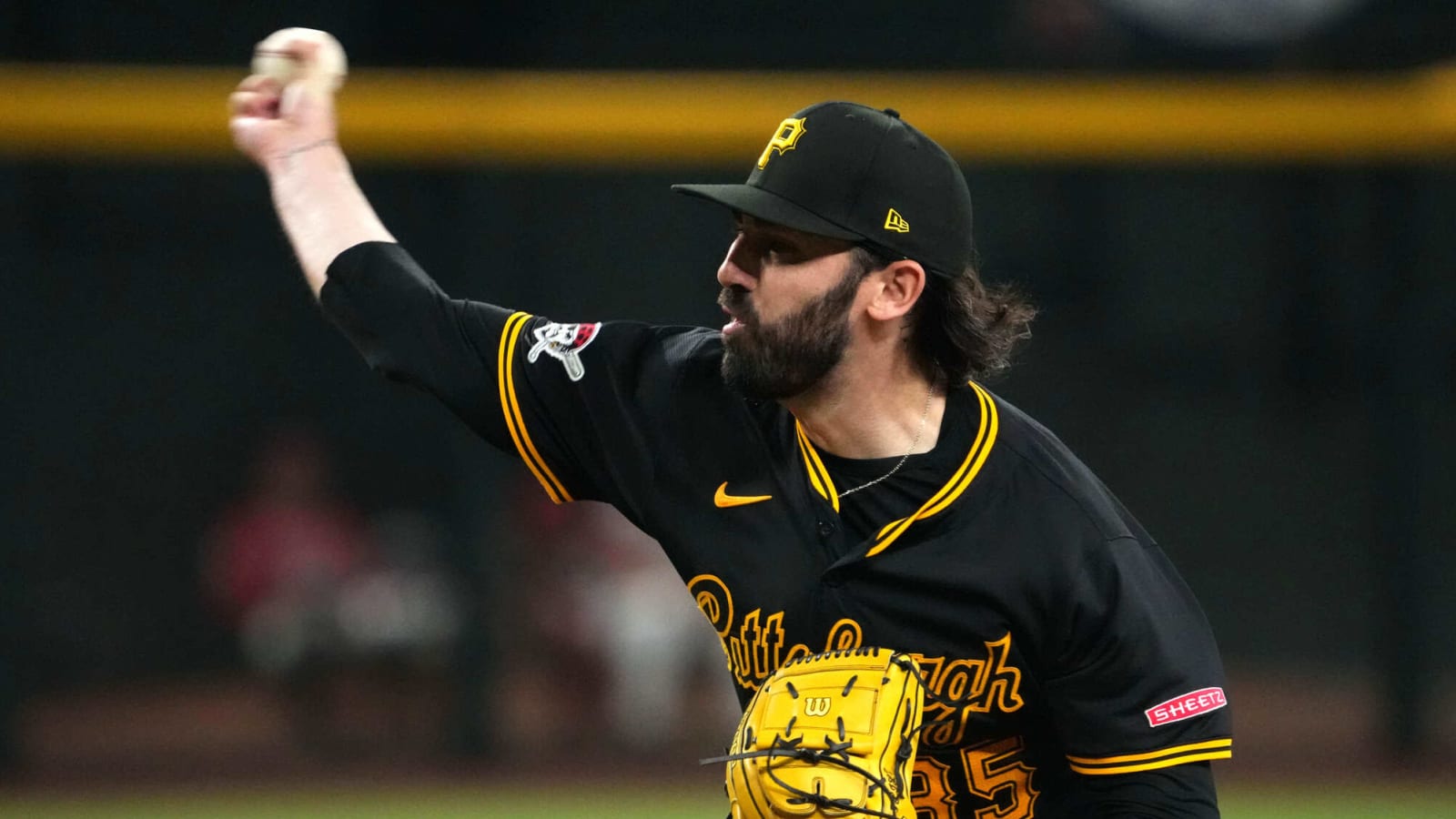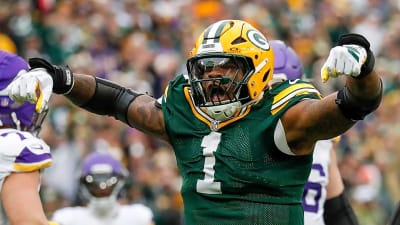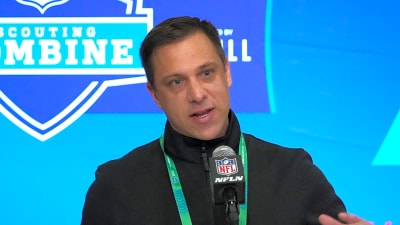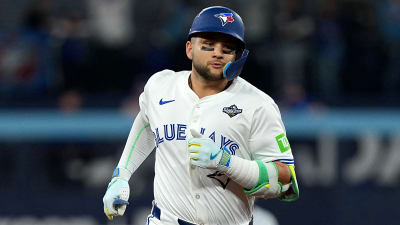
As the Pittsburgh Pirates bullpen navigated a slow start at the beginning of the season, it was Colin Holderman who served as a stabilizing force.
Two-time All-Star David Bednar scuffled out of the gate after a very abbreviated spring training. Aroldis Chapman started off strong initially before a case of extreme wildness hindered him at the end of April.
As Bednar and Chapman searched for answers to get back on track, Holderman was activated off the injured list and was just about untouchable from the beginning. After allowing a run in his season debut against the the Phillies on Apr. 11, he put together a stretch of 17-straight appearances without an earned run.
Through June 22, Holderman looked like a potential All-Star with a stellar 0.68 ERA in 28 relief appearances.
But Holderman has hit a rough patch over the last five or six weeks. His struggles were highlighted in the Pirates’ 6-5 loss to the Arizona Diamondbacks at PNC Park. Holderman walked two batters in the seventh and recorded the first two outs before Diamondbacks designated hitter Joc Pederson hit a three-run homer on a 100 mph sinker on the outside edge of the plate. Pederson’s homer erased the Pirates’ two-run lead and put the Diamondbacks up by a run.
The pitch wasn’t in a bad location by any means, but the end result was a third-straight loss for Holderman.
“It started a little rough,” Holderman said on his outing. “We made some pitches and we were one pitch away, which I executed down and away at 100 mph. Normally that works, but he made a better swing, put it backside, deepest part of the yard. Tip the cap.”
Since June 23, Holderman has made 15 appearances and has been tagged for 12 earned runs in 14.1 innings pitched (7.54 ERA). He’s also allowed five home runs over that stretch.
In addition to Sunday’s game, Holderman was also on the hook for Friday’s loss against Arizona after surrendering the go-ahead run in the eighth.
“Not finishing. I think that’s the story of the two games we lost in this series,” manager Derek Shelton said following the loss on Sunday. “We did not execute pitches with two strikes, and we have to. If you leave the ball on the plate – I mean, this is one of the best offenses in baseball – you leave the ball on the plate with two strikes, they’re going to do damage. And we saw that.”
For the majority of the season, Holderman has been a staple of the Pirates’ bullpen. Despite his struggles in the late innings from the end of June on, Holderman remains confident.
“I think just keep going at it,” Holderman said about getting back on track. “I’ve been executing the gameplan, executing my pitches. Sooner or later, it’s going to get that one zero and we’re off to the races again. It’s just finding that next zero.”
One avenue the Pirates could explore to help Holderman navigate his rough patch is to move him out of higher-leverage situations for the time being.
The Pirates have more reliable arms in the back of their bullpen in August than they did in April. Bednar has converted 19-straight save opportunities and Chapman has been pitching well. Kyle Nicolas has emerged as a legitimate option Shelton can turn to and the Pirates acquired Jalen Beeks, who had nine saves with the Colorado Rockies prior to getting dealt.
When asked about the possibility after the loss, a disgruntled Shelton said it’s something they’ll have to think about.
“I don’t know, we’re going to have to figure [that] out,” he said. “I mean, I’m a little pi--ed about how this game went to begin with. So, try to figure that out during the off day.”
Once the off day comes on Tuesday, Shelton and the rest of the Pirates’ coaching staff should strongly consider it.
More must-reads:
- Munetaka Murakami gambling on himself with White Sox deal
- White Sox win sweepstakes for Japanese slugger Munetaka Murakami
- The '2004-05 NFL passing leaders' quiz
Customize Your Newsletter
 +
+
Get the latest news and rumors, customized to your favorite sports and teams. Emailed daily. Always free!








